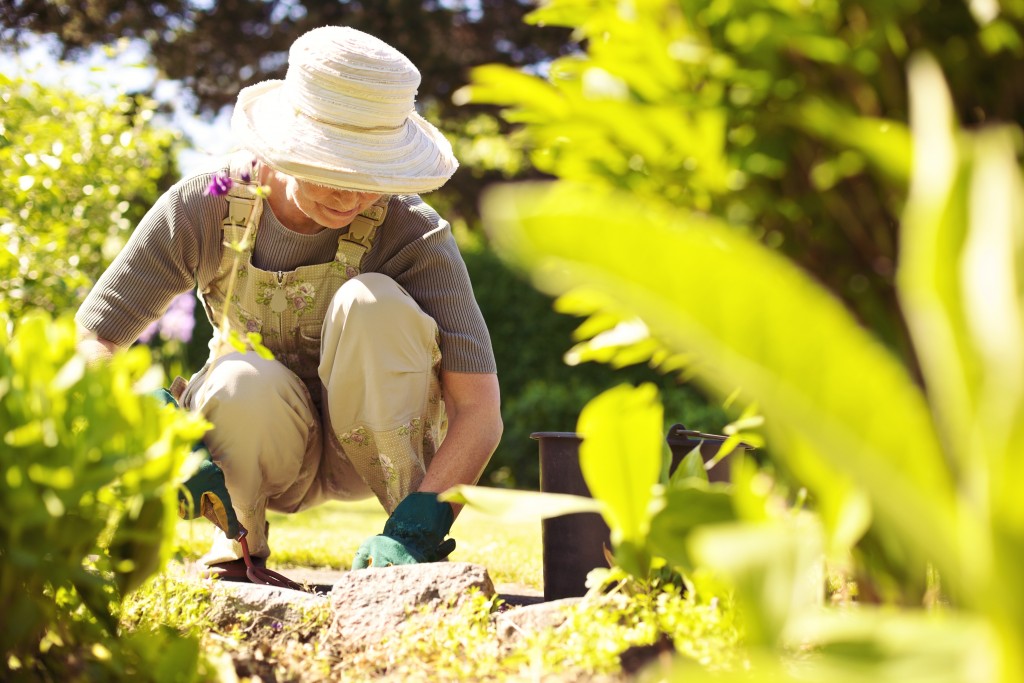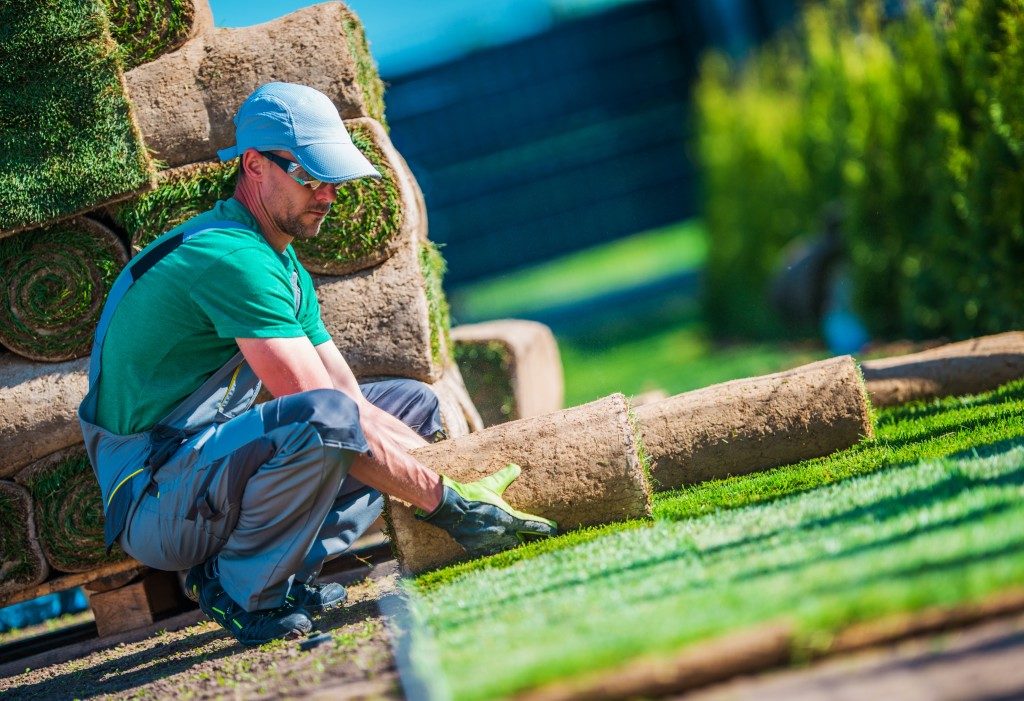Back Pain Prevention Pointers for Gardeners

Gardening is an activity enjoyed by people of all ages and is also very beneficial to the environment. Tending a garden is a great way to work up a sweat, stay fit, improve health, reduce stress, and grow herbs and vegetables. However, gardening tasks such as weeding, digging, and planting can cause back pain or trigger an existing condition which can be painful or even debilitating.
Gardening enthusiasts know what actions can trigger back pain, so they often do many of these things before they do some gardening.
Stretches and Warm-Ups
For many people, gardening can be a substitute for a workout. Like any fitness activity, one should start with stretches and warm-ups to prepare muscles and joints for long periods of work. Take a short brisk walk around your garden first; this should be enough for a warm-up. Doing so will also help you observe any issues in your garden. After your stroll, you should do some essential stretching exercise for your back and legs to prepare the muscles.
Take Frequent Breaks
The most common cause of musculoskeletal disorders is overworking muscles and lack of rest. So, take your time! If you start to feel tired or even feel discomfort or pain in your joints and muscles, maybe it’s time to take a short break and sip some cold water or lemonade before going back to the task at hand.
If you start feeling stiff after some time, it’s a good idea to do another round of stretching to alleviate the pain and to ready your joints and muscles once more. Lastly, know your limits, don’t push yourself too hard. You can always continue tending to your garden later on or tomorrow when you’ve had enough time to recover.
Posture and Proper Execution
Bad posture or staying in a particular position when gardening could also trigger back pain. You should watch your posture when you’re gardening, even when you’re fully engrossed in your tasks. More importantly, you should pay particular attention to the proper way of lifting and bending to avoid back pain and possible injuries.
If you have an existing back condition, you’ll want to make sure that your spine maintains its natural curve when working in the garden. Lastly, to avoid staying in one position for extended periods, it’s best to switch activities more frequently instead of staying on one gardening task for an entire hour.
Tools and Gardening Equipment

Gardening tools exist for a reason: to help you properly do your task faster and easier. You may think that buying tools is costly, but so does back pain medication and treatment. So splurge on your gardening equipment, get wheelbarrows and carts, ergonomic gardening tools, short stools/benches for planting and weeding, and also cushioned knee pads.
You may also want to consider looking for shops in Utah selling raised bed kits for your garden. Your knees and back would thank you for having raised beds in your garden as it eliminates or at least minimizes the need to kneel or crouch when gardening.
Gardening is for people of all ages, but these simple tips can make it easier for those who have existing back pain or similar issues. You don’t have to live in pain and inactivity; there are solutions to live an active life.




